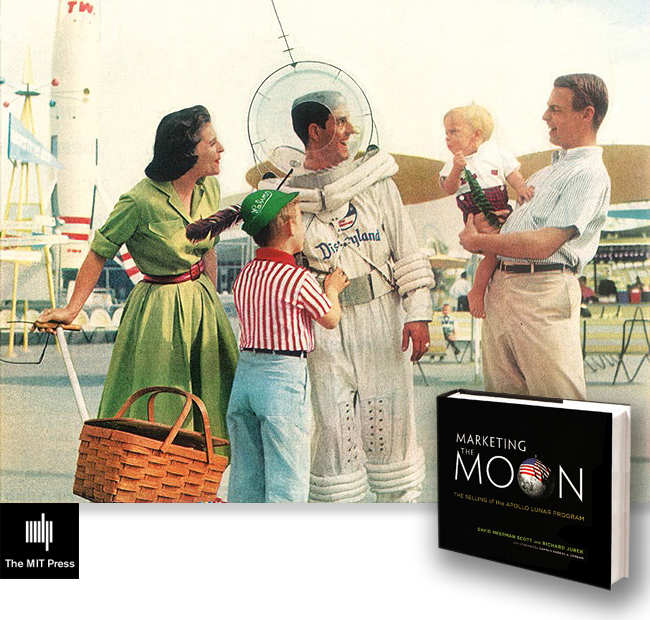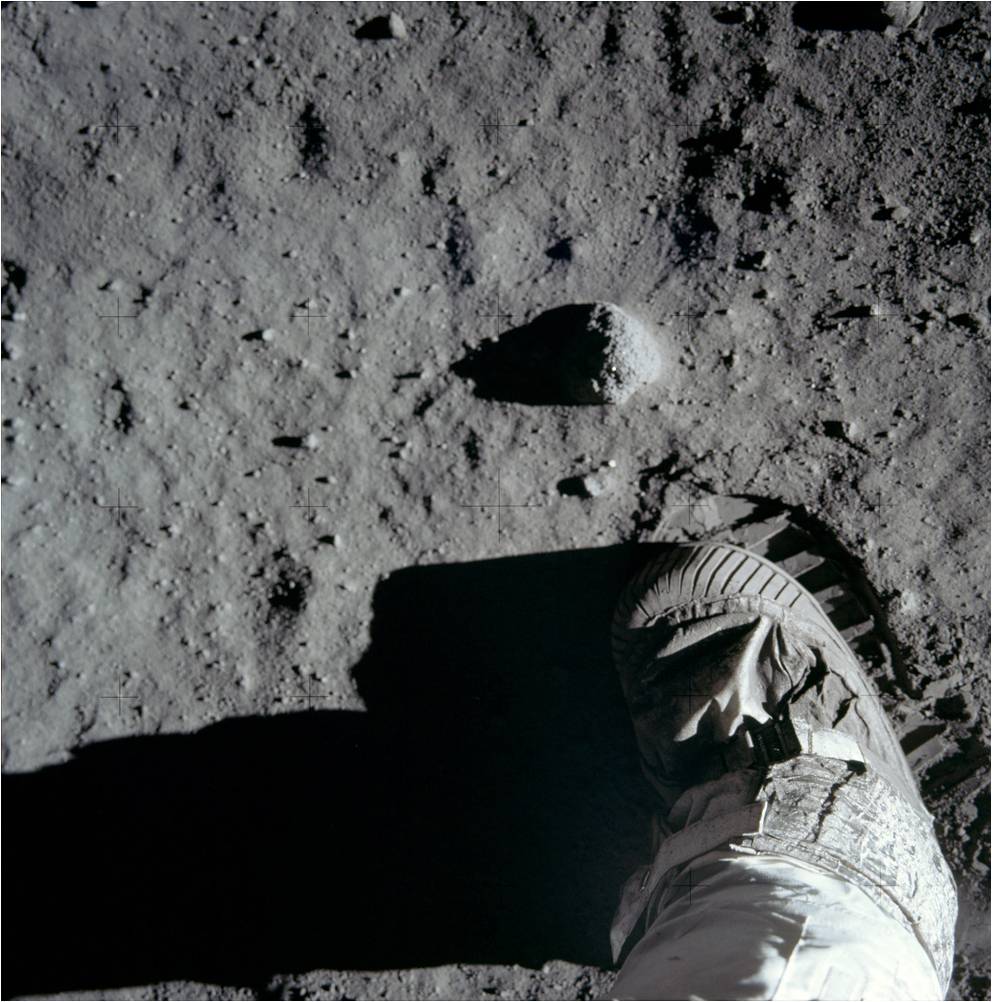
Yes, it's a cliché, but with meaning: "If we can go to the moon, why can't we…?" Fill in the blank with your favorite want-to-have.
While landing humans on the moon was indeed historic and the boot-kicked lunar dust has settled, perhaps that achievement had more of an impact on society than we realized. The 20th century reverberations from the Apollo program in the continue to waft through our 21st century society — in a way that heralds striving for the once thought unattainable.
So use of the term "moonshot" is everywhere. Seemingly it's a word anchored in an earlier turn of phrase, "shoot for the moon." Collectively, these Apollo-esque idioms imply aspiring for a lofty goal. For instance, underway at Stanford University there is a "moonshot effort" that aims to 3D print a human heart.
Then there's the Moonshot Museum in Pennsylvania, operated by the Astrobotic Foundation. Its focus is exclusively on career-plus-community readiness for the 21st century space industry. From the quest for cancer cures to new strides in artificial intelligence, these are innovative ways to make something unexpected happen.
Related: Returning astronauts to the moon is NASA's biggest challenge, but not its only one: report
Radical solution
Today's use of a moonshot also connotes an ambitious, exploratory and ground-breaking project.
In 2010, Google founders Larry Page and Sergey Brin decided to form a new division of the company to work on moonshots.
Ten years in, the Google X "moonshot factory" has incubated hundreds of different ideas, be it driverless cars, robots for manufacturing purposes, even life extension. They define moonshot as a task or idea that addresses a huge problem, proposes a radical solution, and makes use of breakthrough technology.
According to Google X, anyone in any field can take a moonshot. "Not all moonshots have to include a science or technology breakthrough; that's just what we know best at X. Each of our moonshots sits at the intersection of these three ingredients: a huge problem in the world that affects millions or billions of people; a radical, sci-fi sounding solution that may seem impossible today; a technology breakthrough that gives us a glimmer of hope that the solution could be possible in the next 5-10 years."
Others, like the National Cancer Institute at the National Institutes of Health are engaged in the "Cancer Moonshot" to accelerate cancer study and make more therapies available to more patients, while also advancing the capacity to prevent cancer and detect it at an early stage.
"With our understanding of human biology and cancer biology, and our ability to harness new modalities of medicine, and the reality that machine learning and AI are going to make for better medicines more quickly, we're at a critical moment where the Cancer Moonshot goal can be realized if we come together," said David Epstein, CEO of Seagen a global biotechnology company, during a discussion on cancer recently held by POLITICO.

Improbable advances
Then there's the U.S. National Academies of Sciences, Engineering, and Medicine embarked on "Science Breakthroughs 2030: A Strategy for Food and Agricultural Research."
This year-long project was likened to a moonshot as it will identify ambitious scientific opportunities in food and agriculture made possible by incorporating knowledge and tools from across the science and engineering spectrum.
The Aspen Institute in Colorado produces the Aspen Ideas Festival. It too has noted that we live in an age when improbable advances are now taking place. What once seemed unworkable now appears reachable.
A cancer cure is not the only moonshot, they say. "With the right commitments, we can create a planet without AIDS, eliminate maternal mortality, vanquish pandemics and provide health coverage for all," the Ideas Festival proclaimed. "At this moment in time, we are also seeing artificial intelligence and precision medicine leapfrog forward, with visionaries lighting the way."
Intangible effects
Richard Jurek has enjoyed a long career working as a marketing and public relations executive and is co-author of the seminal book, "Marketing the Moon: The Selling of the Apollo Lunar Program" (MIT Press 2014).
While the "If we can go to the moon, why can't we…?" strikes some as cliché, I think it is not only a nuanced question, but also a complex one and worthy of discussing," Jurek said. "I think the biggest thing, though, is that the question risks obfuscating both cause and effect at work when we are attempting to do big things, collectively," he told Space.com.
If we are just talking about going to the moon, we were successful at that once, at great national cost, but it was of limited impact at the time, Jurek said.
The greatest thing about large public-private partnerships — like the unprecedented one of Apollo — is that the effects are often intangible to the direct driver/cause event, said Jurek, and often take many years or decades after the fact to come into full fruition.

Fourth wave
"With an event like Apollo, billions of dollars were plowed into basic research and development, spurring on a massive explosion in technology hardware, software development, etc., which, unlike the often touted direct 'spin-off products' such as remote medical monitoring and other key technologies, laid the foundational basis for the fourth wave of the industrial revolution, the tech explosion of the last couple of decades," advised Jurek.
In many ways, we are still to this day reaping the benefits of the Apollo project, more than 50 years into the future, even though we haven't been back to the moon with humans since, said Jurek.
"So it was a ripple effect through the economy and world that continues to wave out," Jurek said, "like waves cresting out from a pebble dropped into a body of water."

Political and mass will
In general, "moonshot" projects often take an existential crisis to gain the inertia necessary to get the attention and commitment from people, industry and governments to act.
"Today, we are starting to see that with generative AI, autonomous driving, mRNA science and applications — such as the cure for some cancers — carbon capture, the sustainable energy transition and others, major 'global/big-thing' movements that are attempting the seemingly impossible," said Jurek.
While they haven't taken on global moonshot status, in many cases they all have similar seeds of becoming ones, Jurek added.
"The imperative is there. We just need the political and mass will to engage rather than judge," said Jurek, but also added that the ability to generate a mass movement for a moonshot becomes harder and harder, "not to start, but to sustain and to grow beyond the confines of its own special interest groups, tribes, and enthusiasts."







